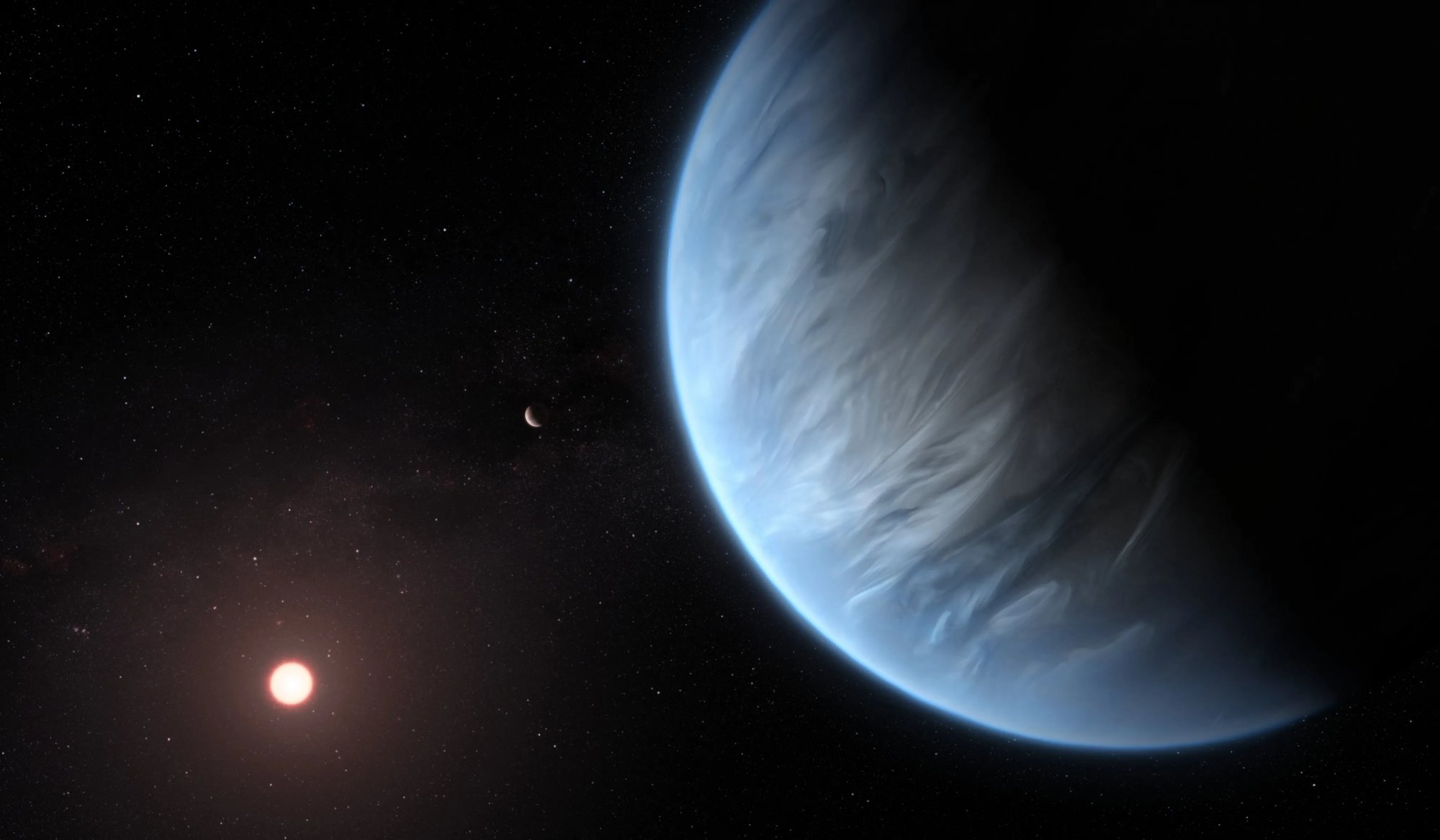
US gasoline demand has peaked, with an abrupt slowdown last year indicating consumption is unlikely to return to pre-coronavirus levels, Bloomberg notes.
This long-awaited milestone shows that climate-friendly initiatives put in place more than a decade ago are finally putting the United States on edge. American drivers are going more miles on less fuel than ever before thanks to a generation of cars with more efficient engines and new electric vehicles. The government expects a further drop in gasoline demand this year and next.
What comes next is a two-speed future: short-term “pain” followed by decades of economic and environmental benefits.
In the coming years, the fuel industry is poised to reduce supply faster than demand declines, with more plants closing or shifting to smaller biofuel facilities. The result could be pressures in gasoline production, price hikes, or even limited outages due to incompatibilities. Surprisingly for drivers, it is the slow death of gasoline that will make it painful.
In the long run, lower gasoline demand will eventually mean lower prices and lower emissions, which is obviously good news for the environment, given that transportation is the largest contributor to greenhouse gas emissions in the United States.
Mark Finlay, an energy fellow at Rice University’s Baker Institute for Public Policy, said the gasoline peak “will have huge implications for consumers, for inflation, and for politics.” “In general, a great deal — over time.”
One of the strange things about peak gasoline is that there is still a lot of demand. Consumption started to hit rock bottom in the years leading up to the pandemic. Even now that it’s down, it’s not falling sharply and it’s still at levels that would have been considered historically high.
At the same time, oil refineries, which convert crude oil into usable fuel, have already cut volumes to remain profitable. Supply losses have been exacerbated by pandemic-induced shutdowns. Since gasoline plants are destined to become unprofitable idle assets with weak demand, there is little incentive to increase their production now.
Simply put, the refining industry is at risk of abandoning gasoline faster than consumers.
It is the latest example of the irregular trajectory of the global energy transition. Although most prices have cooled in recent months, turmoil in the natural gas, electricity and fuel markets is likely to continue for years to come as investment flows away from fossil fuels to clean energy technologies. It also underscores why energy-driven inflation is so hard to control — even periods of relative stability are likely to be punctuated by volatile price hikes that will make the Fed’s job more difficult.
What’s new in the show?
Oil refineries have already cut capacity by more than 1 million barrels per day, or about 5% of total US production.
That pressure helped send retail gasoline prices to record levels in 2022 and left drivers in some parts of the country facing long lines to refuel during the worst of 2021. Unrest is set to continue over how long a prolonged reliance on the last gasoline will last.
“It will take decades for gasoline-powered vehicles to ride off into the sunset,” said Rob Jackson, professor of Earth system science at Stanford University.
Concerns about supply in recent days have helped push gasoline penetration in New York to levels not seen since last summer.
How far will US demand fall?
The Energy Information Administration sees a slight decline for 2023, and expects a decline of less than 1 percent, to 8.74 million barrels per day.
Matthew Barry, head of long-term forecasts at consulting firm Energy Aspects, says the declines will become more pronounced over time. It expects consumption to decline by about 15% between 2022 and 2027, with a total decline of about 1.4 million barrels per day over that period.
“The constant replacement of older cars with more efficient ones contributes to the steady erosion of the amount of gasoline used per kilometer,” said Linda Gesecki, an analyst at the consulting firm ESAI.
Fuel economy in the United States in 2021 hit a record 25.42 miles per gallon, and preliminary numbers for 2022 show an even bigger jump to 26.36, according to the Environmental Protection Agency. Such are the results of the tough fuel standards that Barack Obama called “a harbinger of change” in 2009. President Joe Biden has proposed tougher targets, and his administration’s inflation-reduction bill allocates $374 billion for that climate spending, including electric cars.
How long will the bumps last?
It’s hard to predict exactly when supply and demand will balance, in part because it will depend on how quickly consumers buy new, fuel-efficient cars and electric vehicles.
In 2022, fully or partially electrified vehicles will account for more than 17% of US auto sales, up from 3.3% six years ago, according to research firm LMC Automotive. But so far, electric vehicles account for less than 1% of all vehicles on the road.
Reducing fuel demand is a long game. To put into perspective how long it takes to change the fleet: Even if all cars sold in the United States today were electric cars, it would take about nine years for electric vehicles to replace only half of the cars on U.S. roads, according to John Eichberger, executive director of the Fuel Institute.
What does this mean for inflation?
Gasoline accounts for about 4% of the CPI. But the cost of fuel looms large in the minds of consumers, many of whom have to fill up their tanks on a weekly basis. To understand the outsized role gasoline plays in the economy, just consider the extraordinary measures the Biden administration has taken in recent years to keep prices in check: The president ordered the massive release of stocks from the Strategic Petroleum Reserve and appealed to American oil producers to do so. increased production, even though the move was at odds with his climate-focused agenda.
Short-term price hikes in the coming years will continue to be a headache for policymakers. But by zooming in a bit, a long-term reduction in fuel demand will eventually help keep costs in check.

“Avid problem solver. Extreme social media junkie. Beer buff. Coffee guru. Internet geek. Travel ninja.”





More Stories
The family owned huge wealth without knowing it
Financial Times: A Greek economic miracle with the country…the poorest in Europe
'Bears' Shoot Wall Street – Black Manta for GDP and Inflation – Newsbomb – News